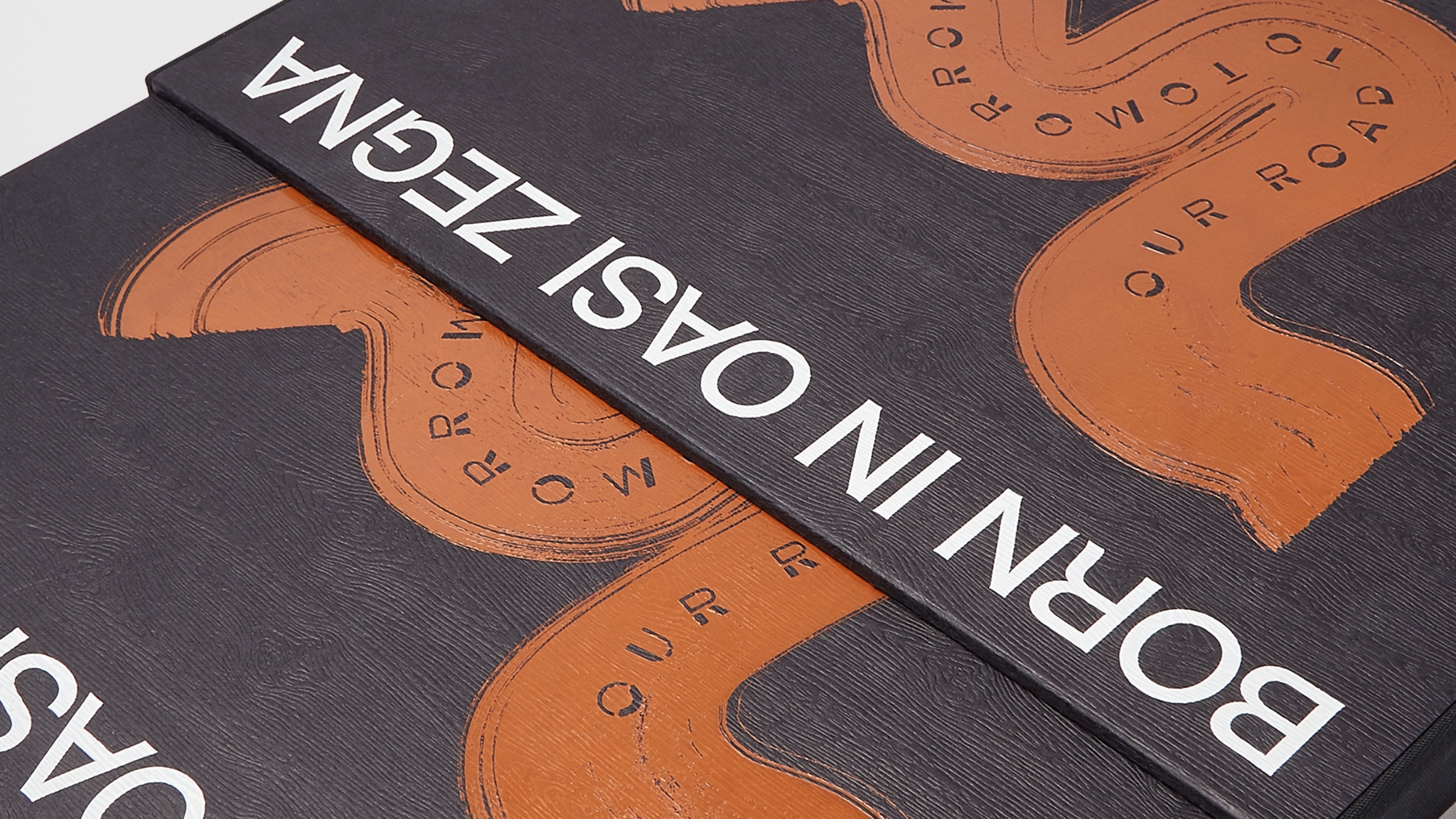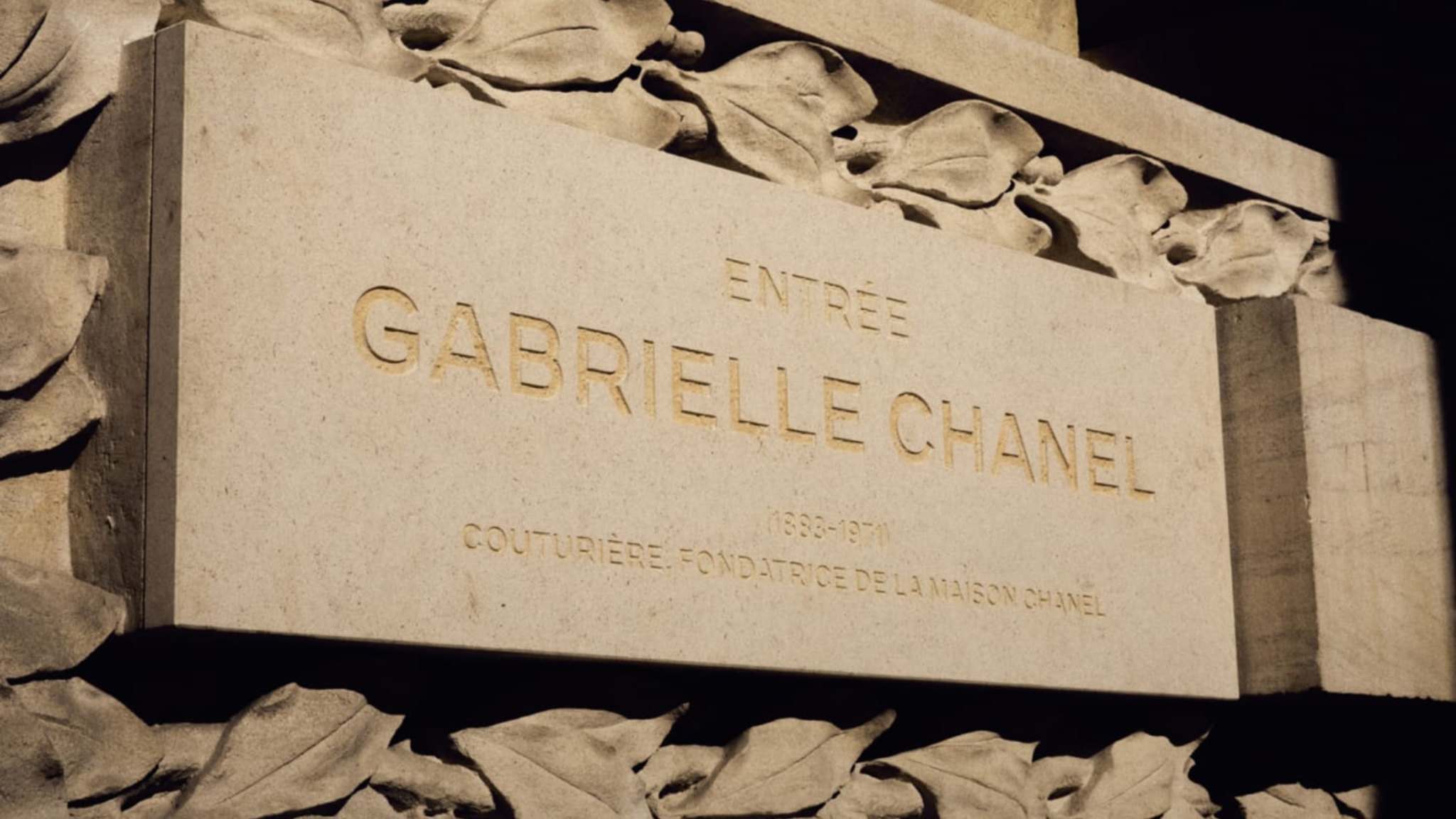As much an object of desire as a luxury object, instantly recognisable, the 11.12 bag bears within it both the history of CHANEL and the vision of its founder, Gabrielle Chanel. A reinterpretation of the legendary 2.55 bag imagined by the designer in 1955, this accessory inherited the genes of its illustrious predecessor. Nestling in every detail is the exceptional care and expertise of the House of CHANEL. It too is a veritable couturière’s bag, imagined like a Ready-to-Wear creation to better follow the body in motion and the pace of a woman’s life.
When Gabrielle Chanel decided to create her first bag, women’s accessories were traditionally made by leather workers and saddlers. But the designer wanted a bag that suited her and was adapted to her needs. She, who liked nothing more than freedom of movement, wanted a bag that would adhere to her allure, without any constraints. It thus made sense that she should break away from the codes of the time and instead draw inspiration from couture savoir-faire to imagine a bag that could accompany women in their everyday lives.
In keeping with her understated fashion, Gabrielle Chanel chose to give her bag a rectangular shape. With typical audacity she dressed it in a fine, soft lambskin leather, traditionally the preserve of glove makers. She enhanced it with a “diamond” lozenge quilting, inspired by the jackets worn by the grooms, the covers and saddle blankets she saw in the stables. A few years later, she added a chevron quilting to her lexicon. These two graphic motifs have stood the test of time to become the identifying signatures of the 2.55 and the 11.12. Today, while the lambskin leather remains a classic, grained calfskin known as “caviar” for the 11.12 and aged calfskin for the 2.55, along with jersey, tweed, velvet, denim, silk, patent and metallic leather all now enrich the list of materials used for the iconic bags over the seasons and Ready-to-Wear collections imagined for the House by Virginie Viard.
View this post on Instagram
The making of the bag starts with the cutting out of each piece of leather. This operation is meticulously precise: each time the ideal cutting points must be found so that all the pieces are perfectly harmonious. And particularly so with tweed, whose motifs must be impeccably aligned, just like with an item of Ready-to-Wear. After the quilting of each piece with the “point droit de couturière” technique, a double C is stitched under the flap. In order to give it life and volume, the body and the base are combined using the “bag in the bag” technique: the first is the interior and the second the exterior. Mounted by hand, they are turned the right way round using the piqué-retourné (“stitch and turn”) gesture, also employed by the House’s Ready-to-Wear ateliers. Gabrielle Chanel believed that “the inside should match the outside”, so a garnet-hued leather lining swathes the interior of the bag. This contrasting colour makes it easier to find one’s personal belongings. Positioned with the same care as the lining of a garment to ensure the two materials move together without restriction, it is held in place by “points de bride” stitches that consolidate the structure of the bag.
Elegance and functionality: the 11.12 bag is no exception to CHANEL’s rule for allure. Respecting each one of its principles, it is embellished with pockets, just like Ready-to-Wear pieces. There are seven of them, allowing you to slip a lipstick into a specially designed case compartment, cards or a compact into two gusseted pockets, but also letters and little notes into the zipped pocket called “the secret”. Two large pockets add another practical touch, while the last one, nicknamed the “smile pocket” by the ateliers, is found on the back of the bag. And, because Gabrielle Chanel liked to keep her hands in her pockets, she completed her creation with an adjustable metal chain, which adorns the bag like a piece of jewellery. Today, the 11.12 bag features a chain interlaced with a leather ribbon, added by hand. Along with the metal clasp composed of a double C and the voluptuousness of its quilting, it is one of the identifying elements of the 11.12 bag.
CHANEL’s iconic bag is made at the Ateliers de Verneuil-en-Halatte, one of CHANEL’s Métiers d’art, located in the Oise, north of Paris. Requiring up to 180 operations and fifteen hours to make, this bag is entrusted to the hands of artisans who have trained for four to five years before being able to master each gesture and every technique perfectly. An exceptional set of skills that allowed the Ateliers de Verneuil-en-Halatte to obtain the prestigious “Entreprise du Patrimoine Vivant” (Living Heritage Company) label in 2016.
The inventive daring of the CHANEL iconic bag resolves a paradox: uniting timelessness with modernity without ever losing sight of CHANEL’s allure.
#CHANELICONICBAG
CHANEL chanel 11.12 chanel 2.55 chanel bag chanel iconic gabrielle chanel



